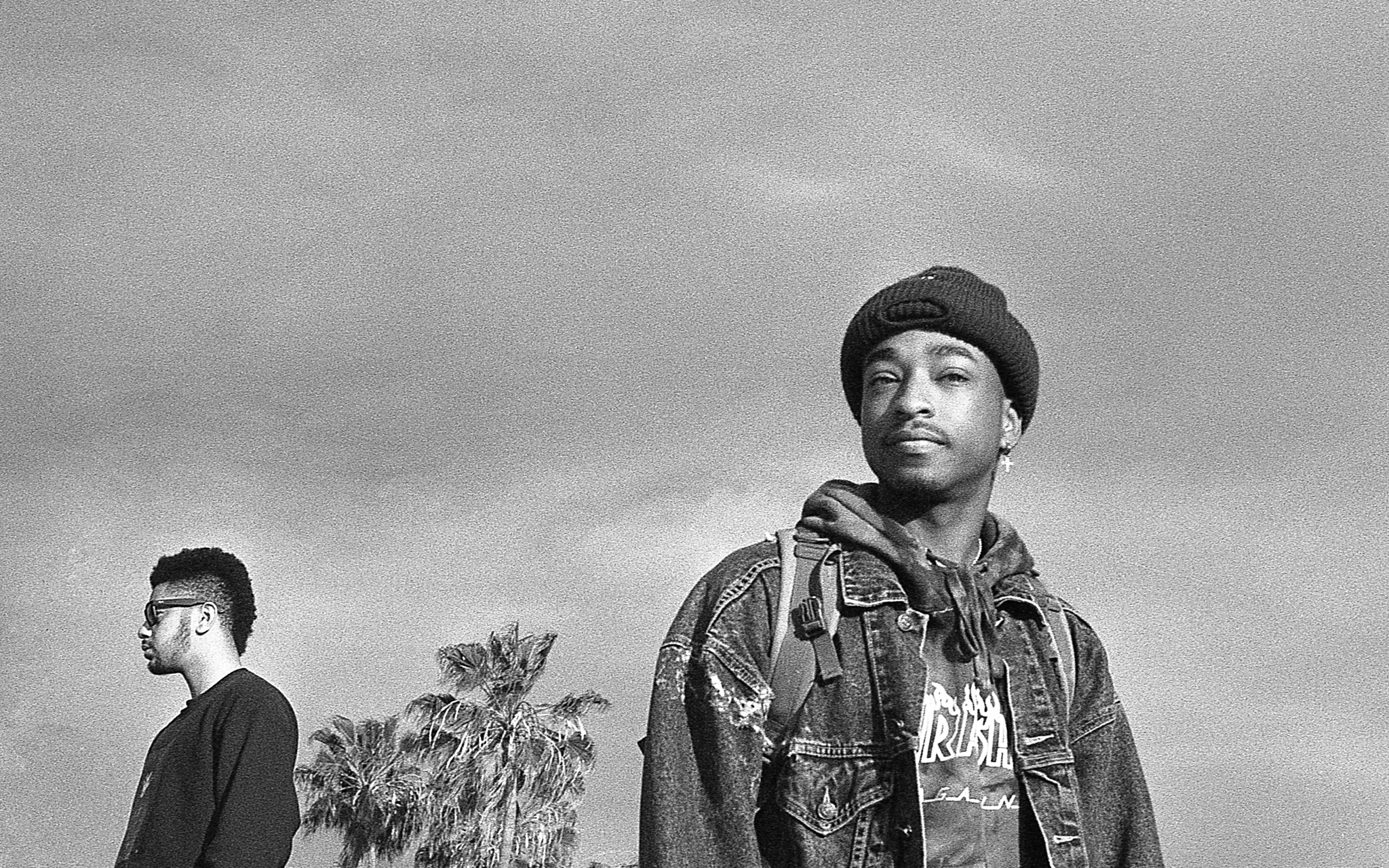What is Composition?
This article discusses composition in photography. I personally use all of the “rules” of photography in my event photography as well as my personal work. It is also the first thing I discuss with new students.
What is Composition in Photography?
Simply put, composition is the arrangement of structural elements in a photograph.
Many decisions go into taking a photograph.
When I was studying photography the first thing I learned was the many “rules” of composition. However, its best to think of them as elements of design you have at your disposal, not as strict rules to follow. Here are a few to get you started.
RULE OF THIRDS
Imagine that your image is divided into 9 equal segments by 2 vertical and 2 horizontal lines making a sort of tic-tac-toe grid. The rule of thirds states that you should position the most important elements where these lines intersect, or more simply put: one third of the way into your frame. Some cameras even have the option to overlay rule of thirds guidelines in the viewfinder or lcd screen.
Why rule of thirds? First, we are used to seeing subjects placed in the middle of the screen. By placing your subject somewhere else, you can instantly add visual interest to your photograph. Second it gives us an opportunity to use that space in interesting ways...
BALANCING ELEMENTS
Try evening out a scene using the rule of thirds by adding something of similar visual “weight” (how much the eye is drawn toward an area). You can add in less important subject matter, or draw the eye toward your main subject using leading lines...
LEADING LINES
When we look at a photo our eye is naturally drawn along lines. By thinking about how you place lines in your composition, you can affect the way we view the image, pulling us into the picture, towards the subject, or on a journey through the scene. There are many different types of lines - straight, diagonal, curved, zigzag, radial etc - and each can be used to enhance our photo's composition.
examples of leading lines:
A winding river
Fences
Wood planks
Column
DIRECTION
Every image has direction- the natural journey your eye travels through a photograph. Use that direction to tell a story. Use a variety of elements of composition to create direction in your photograph.
SYMMETRY AND PATTERNS
We are surrounded by symmetry and patterns, both natural and man-made. Don’t be afraid to get up close to nature to look for those patterns and really pay attention to how patterns, symmetry, and geometric shapes are used in man made structures.
FRAMING (sub framing)
Use available objects to surround your subject, drawing the eye toward it, essentially creating a vignette.
Example uses of framing:
Placing your subject in the inside of a tunnel
Shooting through a hole
Shooting through a window
Shooting through a fence
Shooting through foliage
And now a big list of things to consider when making a photograph...
How close to my subject do I want to be?
Is my subject’s surroundings important?
How do I want to portray my subject?
If my subject is a person, do I want them looking at the camera? Why or why not?
Is there an emotion or feeling I want to capture?
Is there a story I want to tell with this photograph?
What inspired me to take this photo?
How does the eye travel through this photograph?
How many different ways can I shoot this photograph?
How is the photograph I am taking different than what anyone else would take?
Am I paying attention to my background as much as I am to my subject?
I hope this helps get you started on improving your photography. Feel free to comment below with your own tips or questions!



